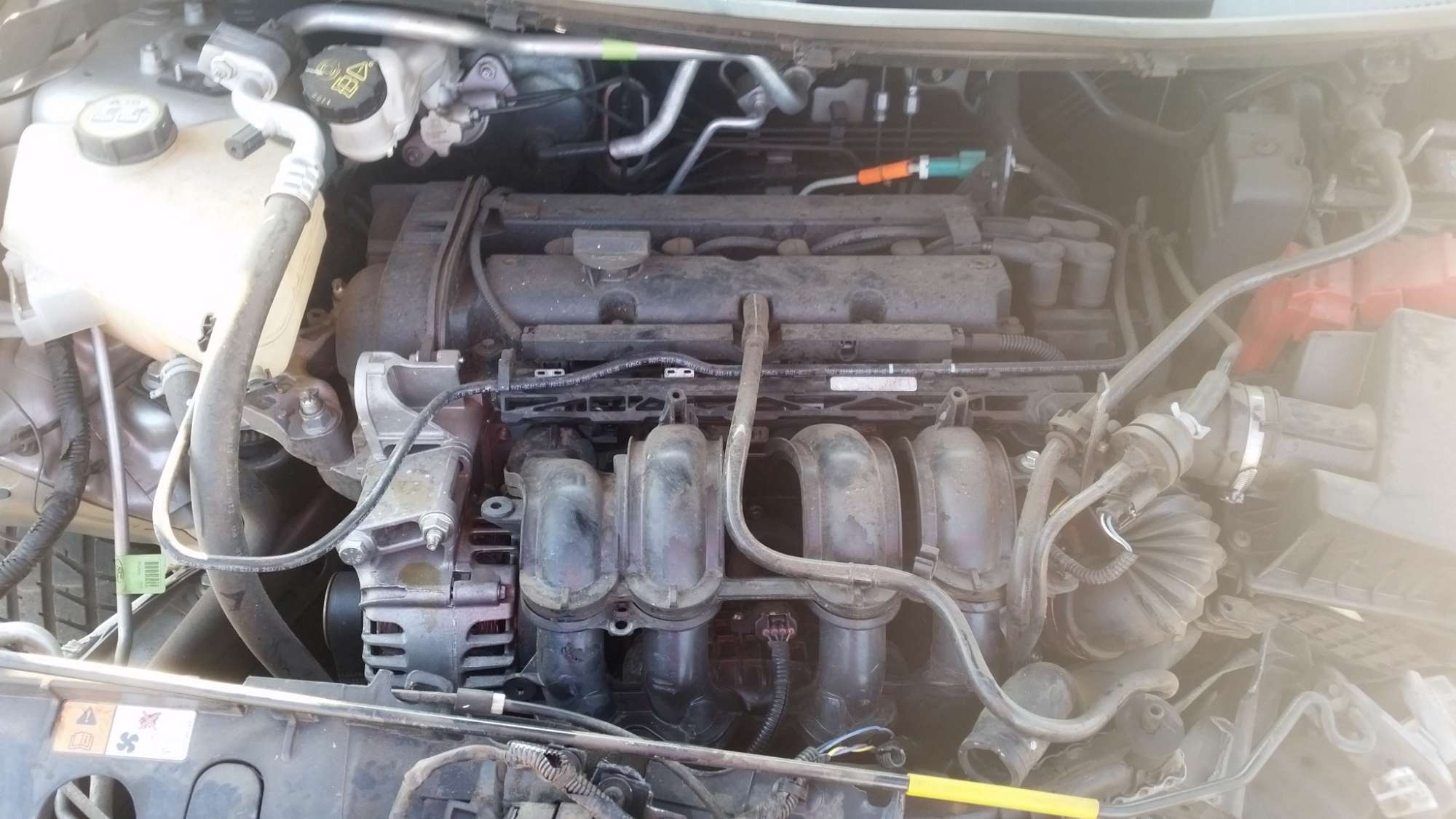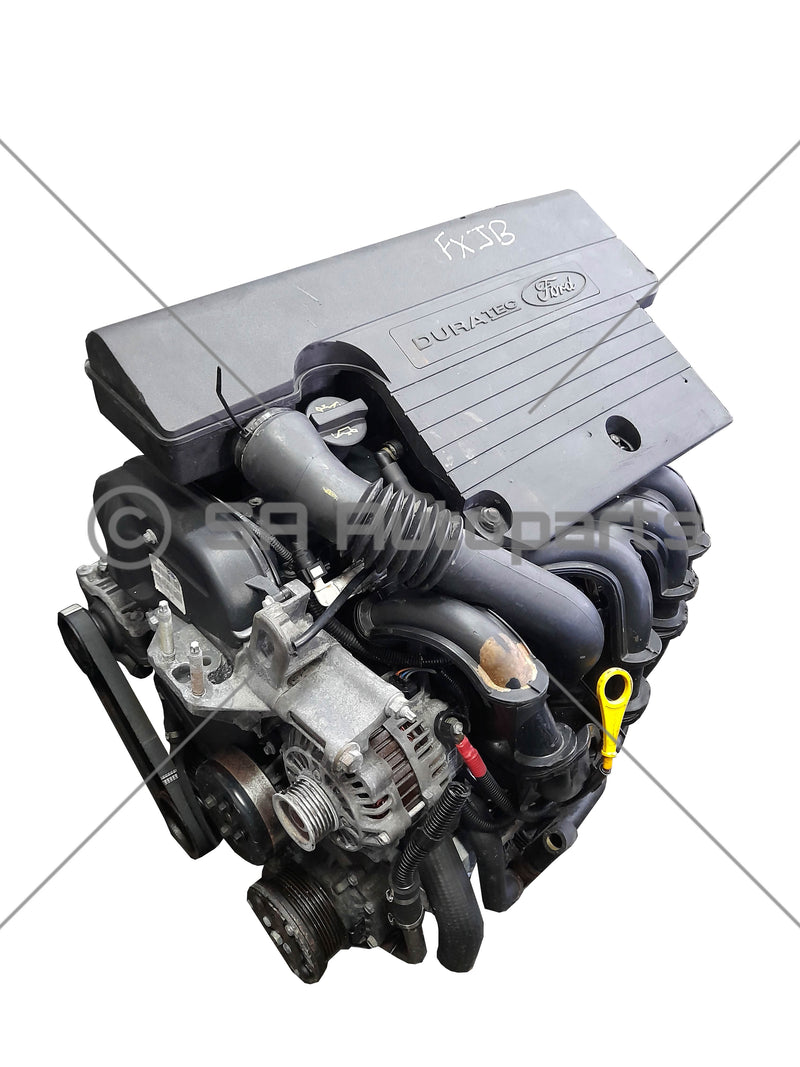Why Choosing the Right Ford Fiesta Engine Parts Matters for Longevity
Why Choosing the Right Ford Fiesta Engine Parts Matters for Longevity
Blog Article
Discovering the Evolution of Engines: From Timeless Layouts to Modern Marvels
From the initial vapor engines that powered the Industrial Revolution to the emergence of inner combustion engines that changed movement, each stage has contributed to greater performance and capacity. As we analyze these landmarks, one must consider exactly how the future of engine style might unfold, testing our assumptions of power and efficiency.
The Birth of Engine Innovation
The introduction of engine modern technology marked an essential minute in human advancement, changing power conversion and transport. The earliest engines emerged from the requirement to harness mechanical power for sensible usage, bring about the advancement of tools that transformed numerous power forms right into activity. The principle of the engine can be mapped back to old civilizations, where basic makers, such as the waterwheel and windmill, utilized natural forces to perform work. It was throughout the late 17th and early 18th centuries that significant developments began to emerge.
The development of the inner burning engine and the development of the steam engine catalyzed an extensive change in commercial capabilities. These engines not only boosted performance yet likewise expanded the scope of human movement, enabling extraordinary transport possibilities. The early models laid the foundation for the mechanized globe, promoting the increase of industries and reshaping societal structures.
As engine designs progressed, they incorporated innovative products and advanced engineering concepts, leading the way for contemporary growths - ford fiesta engine. The birth of engine modern technology sparked a relentless quest of efficiency and power, establishing the phase for the dynamic development of transportation and commercial machinery that would certainly follow
Heavy Steam Engines and Their Impact

The heavy steam engine's influence was specifically apparent in the transport industry (ford fiesta engine). Steam-powered locomotives assisted in the fast movement of products and individuals across huge distances, properly reducing the geographical obstacles that had formerly hindered profession and interaction. Steamships transformed naval travel, enabling for quicker and extra trusted crossings of rivers and oceans.
In sector, steam engines powered manufacturing facilities, enabling automation and the rise of city centers as centers of economic task. This shift not only changed labor characteristics yet likewise contributed to the emergence of a consumer-driven society. Heavy steam modern technology cultivated innovations in engineering and production procedures, laying the foundation for future advancements in engine style. The tradition of vapor engines is extensive, mirroring a zero hour in human ingenuity and the relentless pursuit of development.
The Rise of Inner Burning
Often eclipsing vapor power, the increase of interior combustion engines marked a transformative shift in transportation and market throughout the late 19th and very early 20th centuries. The growth of these engines, defined by their capability to burn fuel within the engine itself, allowed greater performance and power contrasted to standard heavy steam engines. Pioneering inventors such as Nikolaus Otto and Rudolf Diesel played vital functions in improving engine styles, leading to prevalent adoption in vehicles, boats, and commercial equipment.
The interior burning engine's small size and relatively light-weight nature assisted in the appearance content of personal vehicles, transforming individual mobility and improving urban landscapes. By making it possible for faster traveling and the efficient transportation of goods, these engines catalyzed financial growth and cultivated globalization. The versatility of gas options, consisting of gasoline and diesel, better enhanced their charm, enabling for varied applications throughout different industries.
Regardless of the environmental concerns that would later on arise, the preliminary allure of interior burning innovation lay in its transformative potential. As society welcomed this advancement, the structure was laid for modern transport systems, developing internal combustion engines as a foundation of commercial development and life throughout the 20th century.
Improvements in Engine Efficiency
As inner combustion engines became important to transport and industry, the focus moved in the direction of enhancing their efficiency to satisfy expanding needs for efficiency and sustainability. Technologies in engine design, material scientific research, and modern technology have actually considerably contributed to this advancement.
One significant innovation is the development of turbocharging, which allows for enhanced air intake, resulting in even more total gas burning and enhanced power result without enlarging engine dimension. In addition, variable shutoff timing systems have been carried out to enhance engine performance across different RPM ranges, therefore improving fuel performance.
The usage of innovative fuel injection technologies, such as direct shot, has actually additionally played an important duty. This approach allows for more precise control over the fuel-air mixture, advertising better combustion and decreasing emissions. Furthermore, lightweight products, consisting of aluminum and composite components, have actually been embraced to minimize general engine weight, bring about boosted effectiveness.
These innovations show a wider fad within the vehicle market, where the harmony between engineering advancement and environmental factors to consider drives the continuous mission for higher efficiency in interior combustion engines. Consequently, modern-day engines are now more effective, cleaner, and efficient than ever previously, leading the way for an extra sustainable future in transportation.
The Shift to Electric Power
With expanding concerns over environmental influence and nonrenewable fuel source dependency, the auto market is experiencing click here to read a considerable shift in the direction of electric power. This shift is driven by a mix of technological advancements, regulative stress, and changing consumer choices. Electric cars (EVs) supply a compelling alternative to typical interior burning engines, flaunting reduced greenhouse gas exhausts and reduced operating prices.
The surge of battery technology has actually been a game changer, with lithium-ion batteries ending up being extra efficient and cost-efficient. Boosted power thickness and faster billing capabilities have made EVs a lot more practical for everyday use. In addition, federal governments worldwide are executing rewards and setting enthusiastic targets for phasing out fossil gas lorries, thereby accelerating the fostering of electrical power.
As billing facilities expands and battery modern technology continues to improve, the shift to electric power is positioned to improve the vehicle landscape, advertising sustainability and advancement in the years to come. The future of transportation is electrical, and the energy is undeniable.
Final Thought
The advancement of engine technology represents a considerable trajectory of development that has greatly influenced transportation and industry. From the fundamental steam engines to the transformative internal combustion engines, each growth has actually added to boosted movement and financial development. The present shift toward electrical power emphasizes a crucial dedication to sustainability, navigate here driven by improvements in battery modern technology. This ongoing advancement not only shows transforming social needs but also highlights the possibility for a cleaner and much more effective future in engine style.

Report this page